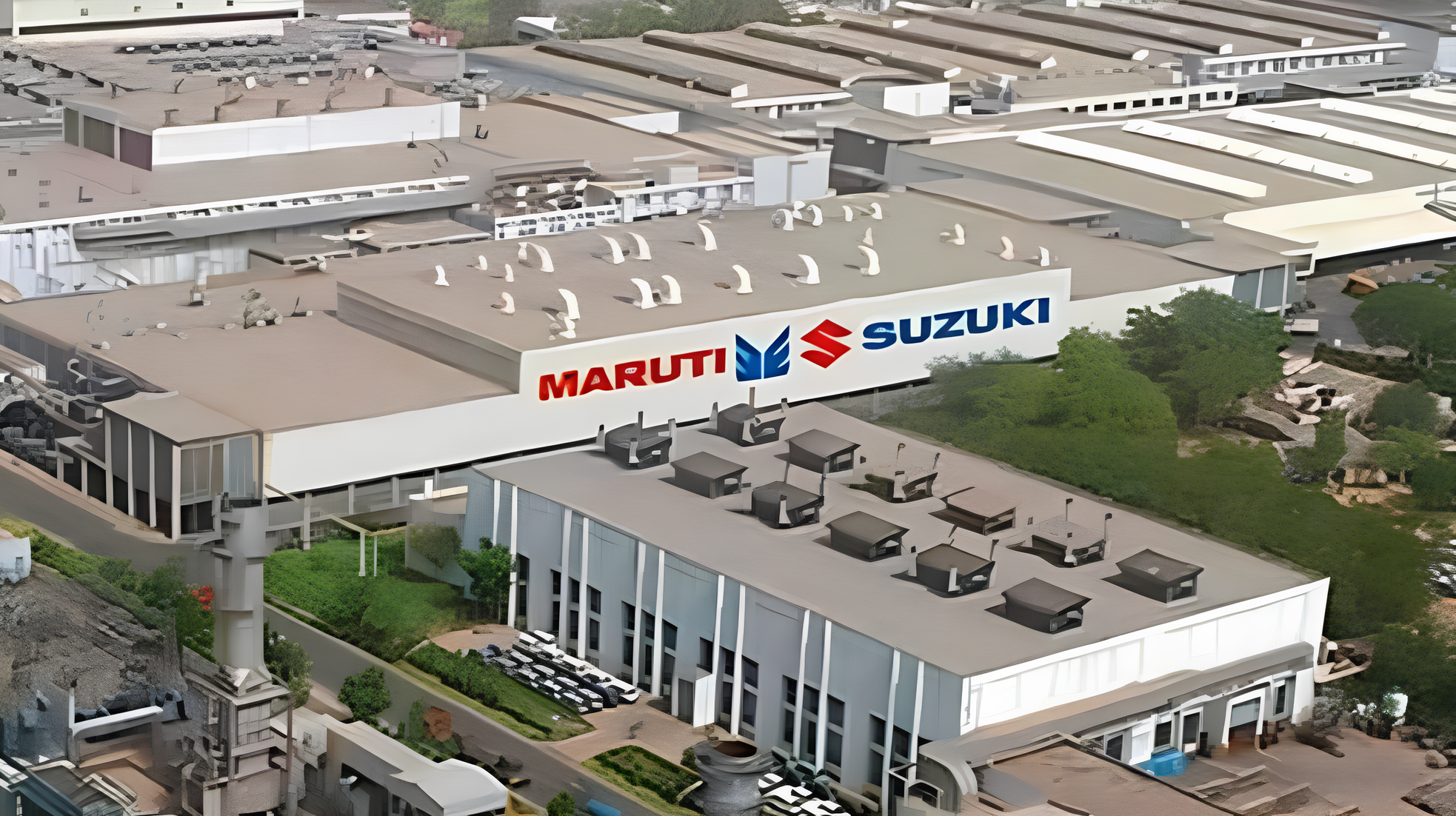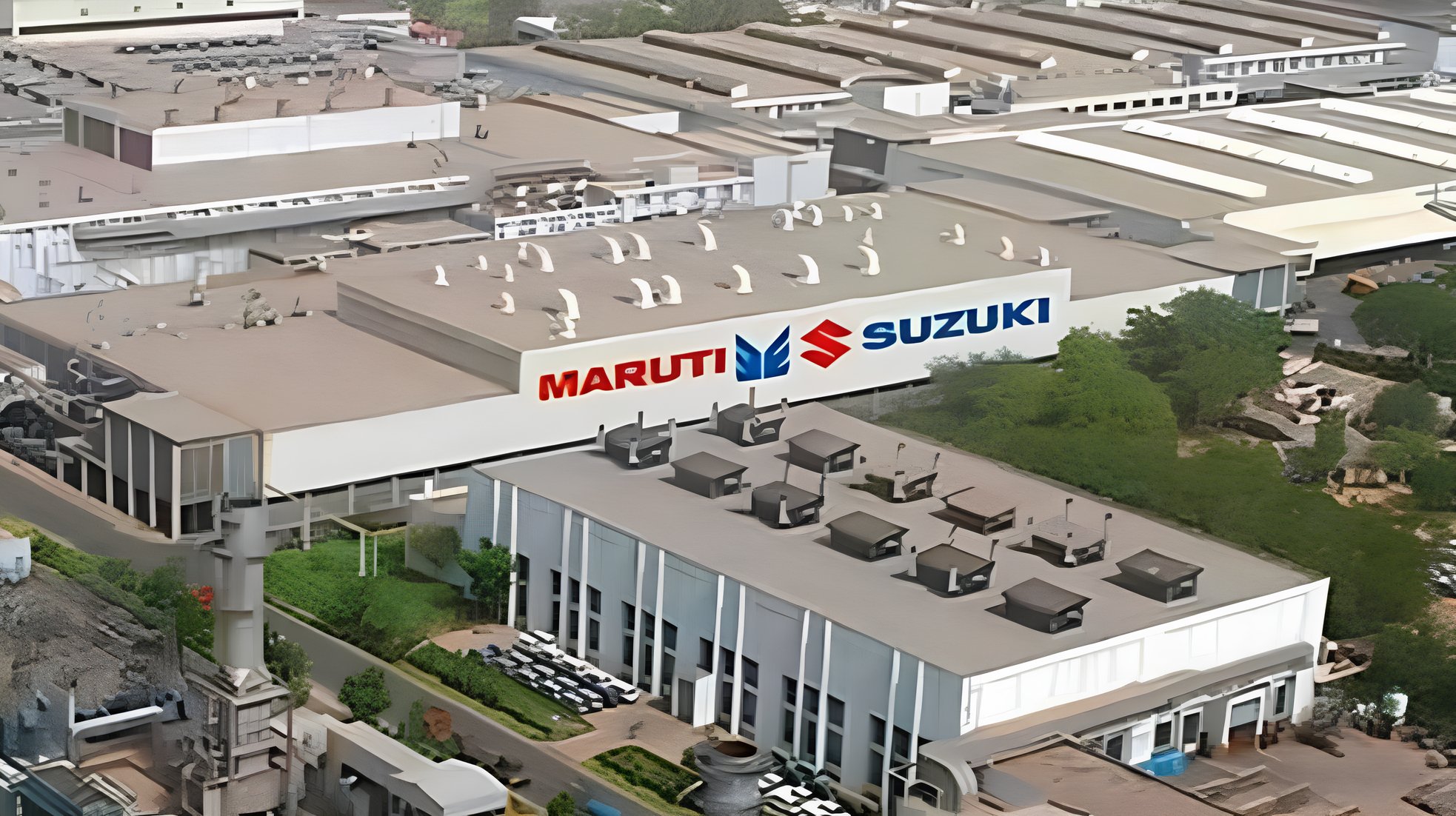
New Delhi: Maruti Suzuki is preparing to open one of the largest gigafactories in Asia, located in Kharkhoda, in the Sonipat district of Haryana. The facility, set to commence operations in January, is expected to manufacture up to 10 lakh vehicles annually, making it one of the largest single-location plants. According to Rajiv Gandhi, a key member of Maruti Suzuki’s executive committee, the new plant is designed to optimise investment and maximise efficiency, making it a landmark in Maruti’s journey towards global competitiveness.Gandhi shared insights into this ambitious project during a session with Dilip Sawhney, MD of Rockwell Automation India at the 9th Confederation of Indian Industry (CII) Manufacturing Summit. Drawing from his four decades of experience in the automotive industry, particularly in manufacturing, Gandhi discussed the significance of the gigafactory concept and how Maruti’s new plant is set to embrace cutting-edge technology to revolutionise its manufacturing process.
The gigafactory revolution
The term gigafactory was popularised by Tesla’s massive plant in California, which boasts an annual production capacity of 10–12 lakh vehicles. Gandhi pointed out that Maruti Suzuki’s new Kharkhoda plant is on track to match or even surpass this scale, becoming a game-changer in India’s automotive industry. “For Maruti as such, we are already quite close to being a gigafactory with our existing plants, but this new plant is designed to be a real step forward,” Gandhi explained.
He went on to emphasise that a gigafactory is more than just about size. “Large manufacturing plants require huge investments,” Gandhi said. “You have to make your investment sweat.” In order to ensure the plant is productive and cost-effective, Maruti is integrating advanced technologies such as Industry 4.0, digitalisation, and artificial intelligence. These innovations are essential to creating an efficient plant where every unit produced meets high standards of quality and productivity.
Smart manufacturing
Maruti’s new gigafactory will be an embodiment of smart manufacturing. Gandhi recalled the early days of his career when he worked on the shop floor and witnessed the challenges of manual operations, particularly in welding, where humans were prone to error. “If you have humans working at such stations, they are bound to make mistakes,” he explained.
Today, the Sonipat plant is equipped with high-speed precision robots that fully automate the welding process. “All the weld spots are 100% automated. Not only automated through robots, but AI also checks the strength of each spot, ensuring it meets quality standards,” Gandhi added. This level of automation, powered by artificial intelligence, allows Maruti to ensure superior quality with reduced human error, resulting in greater consistency and fewer defects in the final product.
In addition, the plant will incorporate collaborative robots, or cobots, that work alongside humans in inspection processes. These cobots are designed to detect issues like colour mismatches and missing parts that may be overlooked by the human eye, further improving the overall quality of the vehicles produced.
Focus on sustainability
Gandhi highlighted the company’s commitment to reducing its carbon footprint through the use of renewable energy. The Sonipat facility will feature a 100-megawatt solar plant, with 30 megawatts set to be operational when production begins in January. He also pointed out that Maruti has installed solar panels in its existing facilities’ vehicle parking areas, generating power while providing protection to vehicles from hailstorms—a particularly useful solution in the NCR region.
“We’re constantly exploring new ways to make our operations more sustainable,” Gandhi said. “Solar power is one aspect, but we are also looking at compressed biogas and hydrogen production to meet our energy needs.” Maruti has set up a pilot biogas plant and is planning a larger one at the new plant. “Managing the logistics for biogas production is challenging, but we are committed to overcoming these hurdles,” he noted.
Maruti Suzuki’s sustainability efforts align with India’s ambitious goal of achieving net-zero emissions by 2070, as well as the Suzuki Group’s target of becoming net-zero by 2050. By investing in green technologies and smart manufacturing, Maruti is positioning itself as a leader in sustainable automotive production.
Overcoming challenges in scaling manufacturing
Setting up a gigafactory in India comes with unique challenges. Gandhi noted that India’s infrastructure, particularly in terms of reliable power supply, water resources, and connectivity, is critical to the success of such large-scale projects. “When we start production in January, we need uninterrupted good-quality power, running water supply, and solid infrastructure around us,” Gandhi stressed. He urged state governments to support the establishment of gigafactories by ensuring these essential services are in place.
He also touched upon the need for skill development to match the pace of technological change. “One of the biggest challenges is reskilling our workforce to adapt to new technologies. We are actively working on retraining employees so that they are equipped to work with the latest manufacturing tools and machinery,” Gandhi explained. Maruti Suzuki is also partnering with the International Automobile Centre for Excellence to provide training for the next generation of workers in the automotive industry.
A key aspect of Maruti’s success has been its emphasis on developing a strong vendor ecosystem. Gandhi shared how Maruti has long encouraged vendors to set up their operations close to the manufacturing plant to reduce logistics costs and improve efficiency. “Whenever we buy any land, we reserve part of it for vendors who supply large parts. They supply to us, where trolleys are exchanged for the next set of parts as per our sequence requirements,” he said.
However, Gandhi acknowledged that the infrastructure requirements for these ecosystems are also growing. “When we set up a gigafactory with vendors on-site, the infrastructure pressure increases. But this is a challenge we are prepared to address,” he said.
Looking ahead
Maruti Suzuki’s gigafactory promises to be more than just a manufacturing hub; it is a symbol of India’s potential to become a global leader in automotive production. With the right investments in technology, sustainability, and skill development, Maruti is poised to set new benchmarks for the Indian manufacturing sector. Gandhi’s vision is clear: India can increase its share of global manufacturing, and gigafactories will be the driving force behind this transformation.
As he aptly summed up, “If India is to compete globally, we need two things: cost and quality. The gigafactory model, combined with Industry 4.0 and digitalisation, helps us achieve both.”

